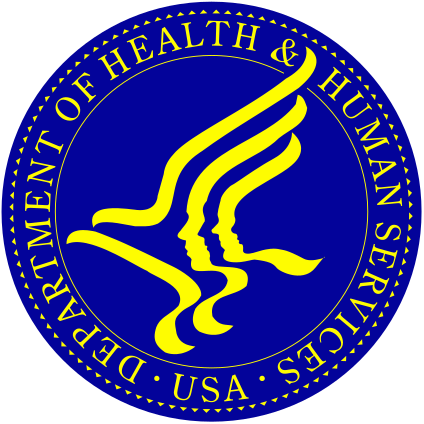Health Security
Goal Leaders: Stephen Redd, Director, Office of Public Health Preparedness and Response, Center for Disease Control and Prevention (CDC), Rebecca Martin, Director, Center for Global Health, Center for Disease Control and Prevention (CDC), and Sally Phillips, Deputy Assistant Secretary, Strategy, Planning, Policy and Requirements, Office of the Assistant Secretary for Preparedness and Response (ASPR)
Goal Statement: Increase capacity to prevent health threats originating abroad from impacting the United States. By September 30, 2019, HHS will contribute to increasing the surveillance, workforce, emergency management, and laboratory capacity of 17 partner countries.
Goal Action Plans & Progress Updates
Reducing Opioid Morbidity and Mortality
Goal Leaders: Brett Giroir, M.D., Assistant Secretary for Health, Elinore F. McCance-Katz, M.D., Ph.D., Assistant Secretary for Mental Health and Substance Use, and Francis S. Collins, M.D., Ph.D., Director of the National Institutes of Health
Goal Statement: Reduce opioid-related morbidity and mortality through: 1) improving access to prevention, treatment and recovery support services; 2) targeting the availability and distribution of overdose-reversing drugs; 3) strengthening public health data and reporting; 4) supporting cutting-edge research; and 5) advancing the practice of pain management.
Starting from the baseline of September 30, 2017, by September 30, 2019:
- Reduce opioid prescribing as measured by morphine milligram equivalents (MME):
- Decrease by 25% the MME of opioid analgesics dispensed in U.S. outpatient retail pharmacies
- Decrease by 10% the morphine milligram equivalents (MME) in opioid analgesic prescriptions dispensed in U.S. outpatient retail pharmacies.
- Increase naloxone access:
- Increase by 30% the number of prescriptions dispensed for naloxone in U.S. outpatient retail pharmacies.
- Increase uptake of medications for the treatment of opioid use disorder:
- Increase by 25% the number of unique patients receiving prescriptions for buprenorphine in U.S. outpatient retail pharmacies (excluding implantable or long-acting injection products).
- Increase by 100% the number of prescriptions for long-acting injectable or implantable buprenorphine from retail, long-term care, and mail-order pharmacies in the U.S.
- Increase by 25% the number of prescriptions for extended-released naltrexone from retail, long-term care, and mail-order pharmacies in the U.S.
Goal Action Plans & Progress Updates
Combined Data Analyses
Goal Leader: Mona Siddiqui, Office of the Chief Technology Officer (CTO)
Goal Statement: Increase combined analysis of disparate datasets in order to achieve better insights. By September 30, 2019 HHS will develop and implement an enterprise wide data governance model. This will enable more efficient and effective processes for sharing inter-agency data beyond a dataset’s primary purpose. Three use cases of inter-agency data sharing through this process will be tested.
Goal Action Plans & Progress Updates
Serious Mental Illness
Goal Leaders: Anita Everett, Director, Center for Mental Health Services, Substance Abuse and Mental Health Services Administration and Robert Heinssen, Director, Division of Services and Intervention Research, National Institute of Mental Health
Goal Statement: Improve treatment for individuals with early Serious Mental Illness. By September 30, 2019, HHS wants at least 280 evidence-based Coordinated Specialty Care programs providing services to individuals with first episode psychosis, representing a seven-fold increase in the number of such programs compared to 2014.
* This target assumes stable funding at the federal and state level and may need to be adjusted if there are major unanticipated changes in either.

